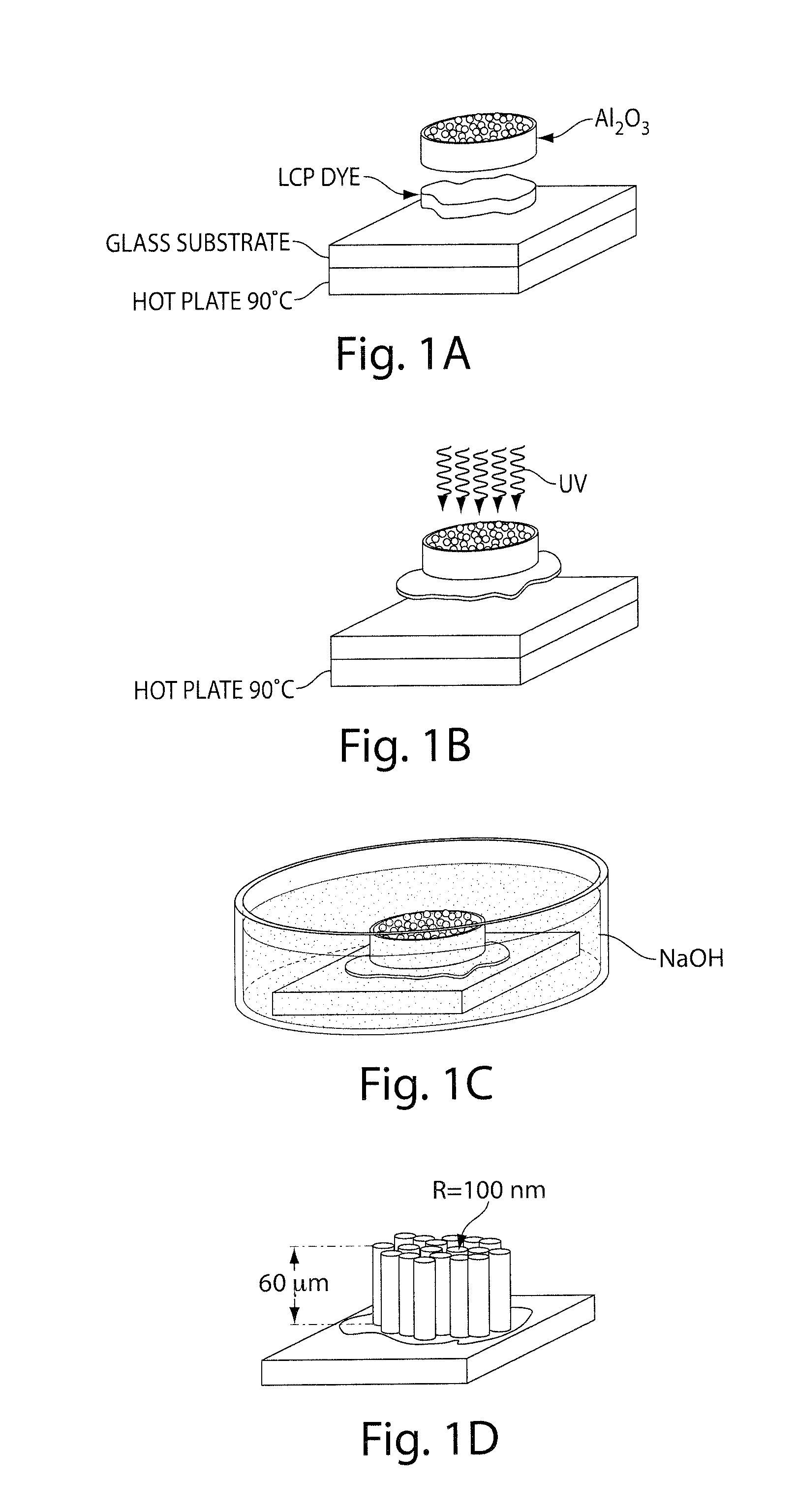Active Sunscreen Composition
a sunscreen and active technology, applied in the field of active sunscreen composition, can solve the problems of significant sickness, considerable damage and disfigurement, and the most difficult to avoid sunlight, and achieve the effects of reducing or preventing further dna damage to the skin, preventing dna damage, and reducing or preventing further dna damag
- Summary
- Abstract
- Description
- Claims
- Application Information
AI Technical Summary
Benefits of technology
Problems solved by technology
Method used
Image
Examples
example 1
Induction of DNA Repair in Skin Cells by Fluorescent Dye Stilbene-420
[0048]Using a model for human skin (confluent human dermal fibroblasts, Lonza CC-2511), a fluorescent dye was used to evaluate induction of DNA repair. Stilbene-420 was selected for having a broad range of absorption in the UVB and UVA ranges while retaining a relatively narrow emission spectrum centered around 420 nm. A 2% solution of stilbene in water was used for this study.
[0049]Stilbene-420 was compared to both unshielded cells and commercial SPF 45 sunblock in their ability to protect Normal Human Dermal Fibroblast cells raised on Lonza FGM-2 media from exposure to the full power of a solar simulator. A CometAssay was used to assess DNA damage to the cells. The resulting data was filtered and analyzed with an Integral of Student's Probability Density.
[0050]Using Fibroblast Grown Medium with 10% FBS, normal Human Dermal Fibroblasts (obtained from Lonza Clonetics) were grown to confluence in a 12-well plate. Af...
example 2
Fabrication of Nanolaser Based Active Sunscreen Composition
[0055]Nano-sized lasing fibrils were fabricated as shown in FIGS. 4a.-c. A reactive diacrylate liquid crystal (RM257 from EM Industries) was employed with a chiral composition to create a reflection band centered at λo˜560 nm. The material was doped with 1% of a laser dye (pyrromethene 580 from Exciton) with a fluorescence band centered at ˜550 nm. FIG. 4a shows an illustration of the chiral molecular profile of the nano-fibrils and a corresponding scanning electron micrograph of chiral nano-fibrils prepared (FIG. 4b). Different samples of low and high molecular liquid crystals and dye were made. The sample was irradiated with a frequency doubled Nd:YAG pulsed laser (Quantel) operating at a wavelength of λ=532 nm, a repetition rate of 10 Hz and a maximum pulse energy of 200 mJ. FIG. 4c shows the corresponding data for the nano-fibril output and the dye fluorescence band. The reflection band of the liquid crystal (green dashe...
example 3
Evaluation of Nanolaser Based Active Sunscreen Composition
[0056]Nanolaser based active sunscreen compositions or the invention are evaluated in an animal model. The SKH-1 hairless mouse is a common UVB-induced skin cancer model used to examine effects of anti-carcinogenic substances. Nanolasers based active sunscreen compositions are formulated into an active sunblock lotion, and the mice are contacted with the lotion in an area on their lower spine, which cannot be reached by individuals for cleaning. The mice are then exposed to UV light and are observed for skin lesions and other signs of skin cancers.
PUM
| Property | Measurement | Unit |
|---|---|---|
| distance | aaaaa | aaaaa |
| distance | aaaaa | aaaaa |
| distance | aaaaa | aaaaa |
Abstract
Description
Claims
Application Information
 Login to View More
Login to View More - R&D
- Intellectual Property
- Life Sciences
- Materials
- Tech Scout
- Unparalleled Data Quality
- Higher Quality Content
- 60% Fewer Hallucinations
Browse by: Latest US Patents, China's latest patents, Technical Efficacy Thesaurus, Application Domain, Technology Topic, Popular Technical Reports.
© 2025 PatSnap. All rights reserved.Legal|Privacy policy|Modern Slavery Act Transparency Statement|Sitemap|About US| Contact US: help@patsnap.com



